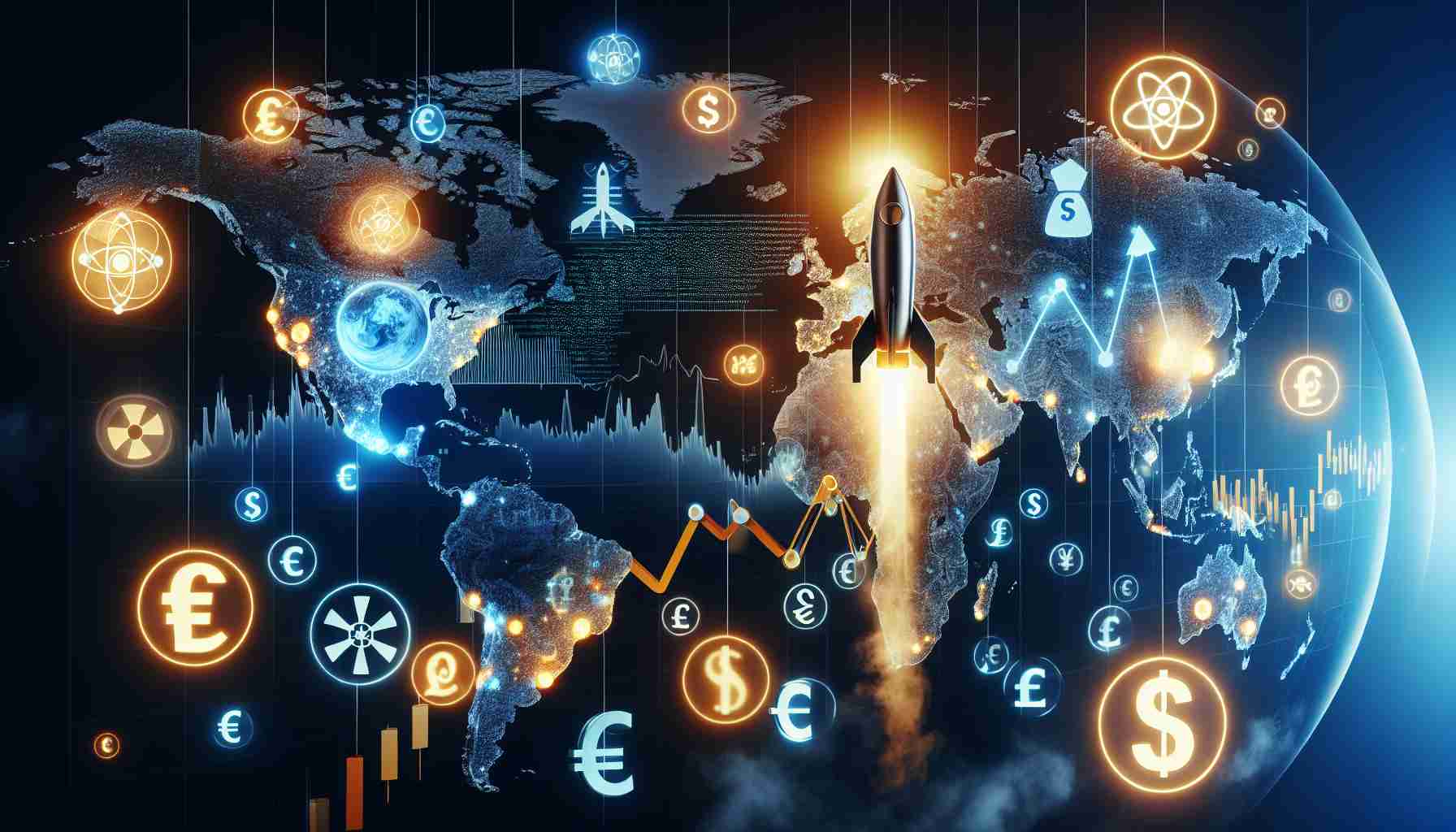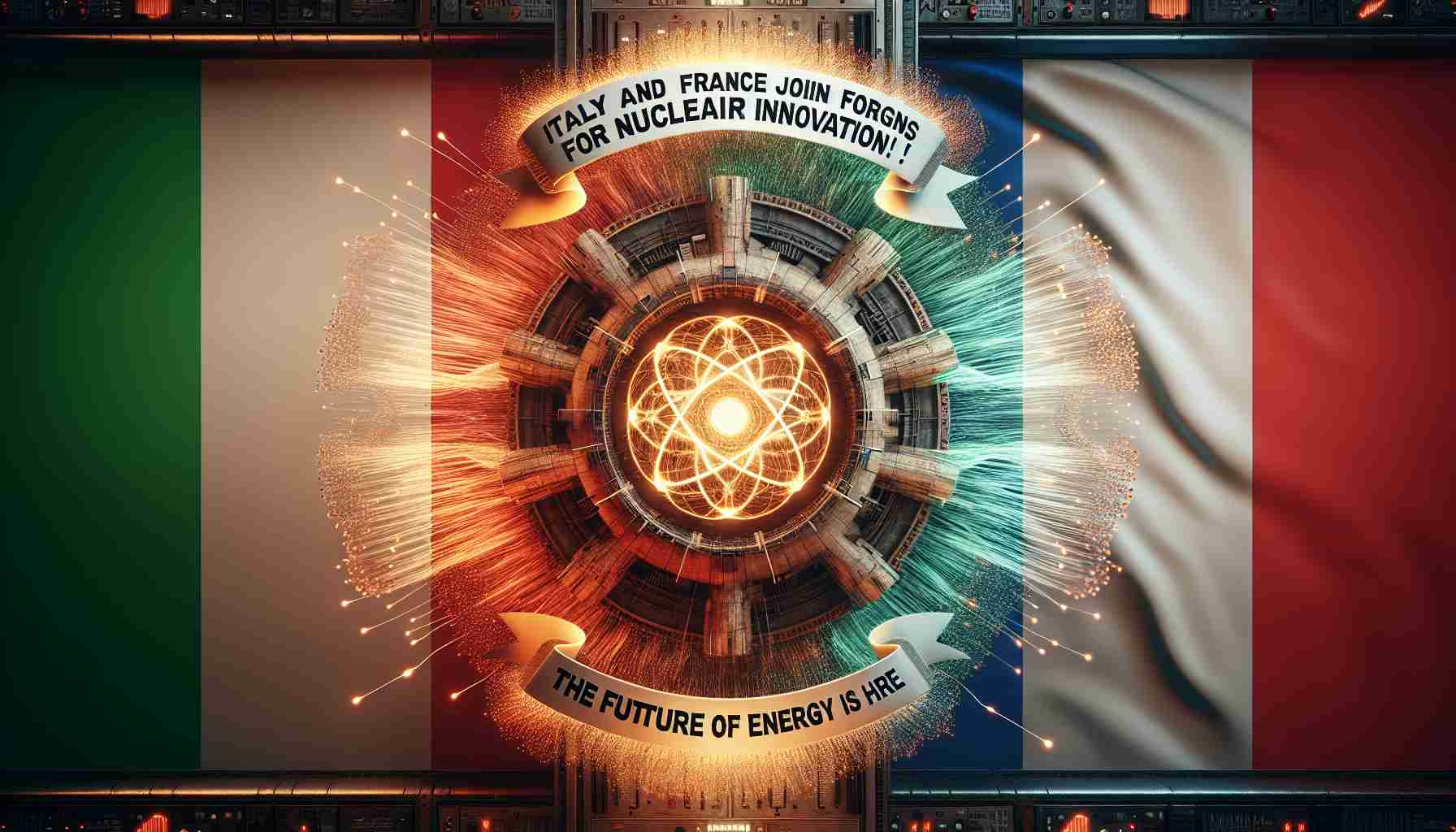Unprecedented Growth in Nuclear Energy Funding
The allure of nuclear energy’s immense power generation capabilities and its environmentally friendly profile has sparked a remarkable increase in investments across the globe. Over the past five years, nearly every region has ramped up its financial commitment to nuclear energy by at least 50%.
According to data from the International Energy Agency (IEA), global spending on nuclear energy has exceeded $300 billion. This financial influx varies significantly by region, with advanced economies like the United States making substantial contributions. The U.S. alone plans to invest an additional $2.7 billion to enhance its nuclear fuel supply chain, complementing its existing $7.5 billion yearly commitment to nuclear power resources.
Notably, South America and Eurasia are emerging as strong players in the nuclear sector, demonstrating a marked increase in their annual investments, more than doubling their prior financial engagement. The intensifying global interest in nuclear energy underscores its pivotal role in the transition to sustainable energy practices.
As the demand for nuclear-generated electricity continues to rise, it is becoming increasingly clear that nuclear power might be crucial in the quest for cleaner energy solutions worldwide. The momentum behind this transition highlights the changing dynamics of global energy consumption, with nuclear energy at the forefront of the movement toward a cleaner, more sustainable future.
Global Implications of Nuclear Energy Investment
The surge in nuclear energy funding carries profound implications for society, culture, and the global economy. As nations shift towards sustainable energy solutions, nuclear power stands out as a critical component in mitigating climate change. This transition not only reflects a commitment to reducing carbon emissions but also necessitates a reevaluation of energy consumption patterns across diverse sectors. Jobs in nuclear energy are expected to increase significantly, potentially revitalizing regions currently dependent on fossil fuels. This shift could foster a culture of innovation, paving the way for advanced technologies in energy storage, waste management, and reactor design.
Economically, the influx of capital into nuclear energy promotes stability within energy markets. As reliance on intermittent renewable sources like solar and wind grows, nuclear power’s reliability in providing consistent energy can help buffer economies against fluctuations in energy prices. Emerging markets in South America and Eurasia signal a democratization of energy power, allowing countries historically reliant on oil and gas to diversify their energy portfolios.
However, the environmental implications of nuclear energy extend beyond energy production. The advancement of nuclear technologies promises cleaner processes, yet challenges remain, particularly in waste management. Addressing these concerns is vital for the long-term viability of nuclear energy. As this sector evolves, it will likely shape global energy policies, steering nations toward greater cooperation in energy security and environmental stewardship. The future of nuclear power is not just an energy debate but a crossroads for societal values and global ethics in combating climate change.
Nuclear Energy: The Future of Clean Power Investment
Unprecedented Growth in Nuclear Energy Funding
The shift toward nuclear energy as a sustainable and powerful energy source is witnessing unprecedented financial momentum. As nations around the world recognize the urgent need for cleaner energy solutions, investments in nuclear power have surged dramatically over recent years. In fact, the global investment in nuclear energy has skyrocketed, now surpassing a staggering $300 billion, according to the latest data from the International Energy Agency (IEA).
# Key Trends in Global Nuclear Investment
1. Regional Investment Disparities: While traditional powerhouses like the United States continue to lead with significant annual contributions—approximately $7.5 billion—new players are emerging. Regions such as South America and Eurasia are not only increasing their investments but have more than doubled their previous financial commitments to nuclear projects. This trend signals changing perceptions and strategies regarding nuclear power in regions previously less engaged in this energy sector.
2. Future Projections: With plans for an additional $2.7 billion investment specifically aimed at bolstering the nuclear fuel supply chain in the U.S., the long-term trajectory of nuclear funding appears robust. Experts predict that as global climate policies push for limits on carbon emissions, nuclear energy will play an essential role in meeting energy demands without exacerbating environmental degradation.
3. Technological Innovations: Innovations in nuclear technology, including advancements in reactor design and safety protocols, are making this energy source more appealing. Small Modular Reactors (SMRs) and Generation IV reactors are being developed to enhance safety, efficiency, and sustainability. These innovations may further attract investment as countries look for reliable and less intrusive energy solutions.
# Pros and Cons of Increased Nuclear Investment
Pros:
– Low Carbon Emissions: Nuclear energy is one of the most promising avenues for meeting global climate targets due to its low greenhouse gas emissions.
– Energy Security: A stable nuclear power program can reduce reliance on fossil fuel imports, enhancing national energy security.
– Job Creation: Nuclear projects generate high-skilled jobs in engineering, construction, and operations.
Cons:
– Waste Management: Concerns regarding the safe disposal and management of nuclear waste remain a significant challenge.
– Public Perception: Nuclear energy continues to face opposition due to historical accidents and fears surrounding safety and environmental impact.
– High Initial Investment: The upfront costs for nuclear power plants and technology development can be prohibitively high, creating financial barriers.
# Insights and Market Analysis
Current market analysis indicates a resilient and growing appetite for nuclear energy investments, reinforcing its role in counteracting climate change. As countries aim to achieve net-zero emissions by mid-century, nuclear power is increasingly viewed as a necessary component of an integrated energy portfolio. Notable investments are witnessed not only in established nuclear nations but also in emerging economies that are looking to diversify their energy mix and stabilize their grids.
# Use Cases and Future Directions
Nuclear energy’s reliability makes it an excellent complement to renewable energy sources like wind and solar, which can be intermittent. By serving as a stable baseload power provider, nuclear energy can help integrate renewables into the energy mix more effectively, paving the way for a holistic energy strategy that prioritizes sustainability and carbon neutrality.
Conclusion
The investment landscape for nuclear energy is transforming at a remarkable pace, reflecting its growing importance in the global energy transition. With continued enhancements in technology and changing public perceptions, nuclear power is poised to play a critical role in achieving environmental goals. As nations commit to this clean energy source, the future of nuclear energy appears bright and increasingly influential in the quest to foster a sustainable world.
For more insights on energy investments and the future of power generation, visit IEA.
The source of the article is from the blog elblog.pl



